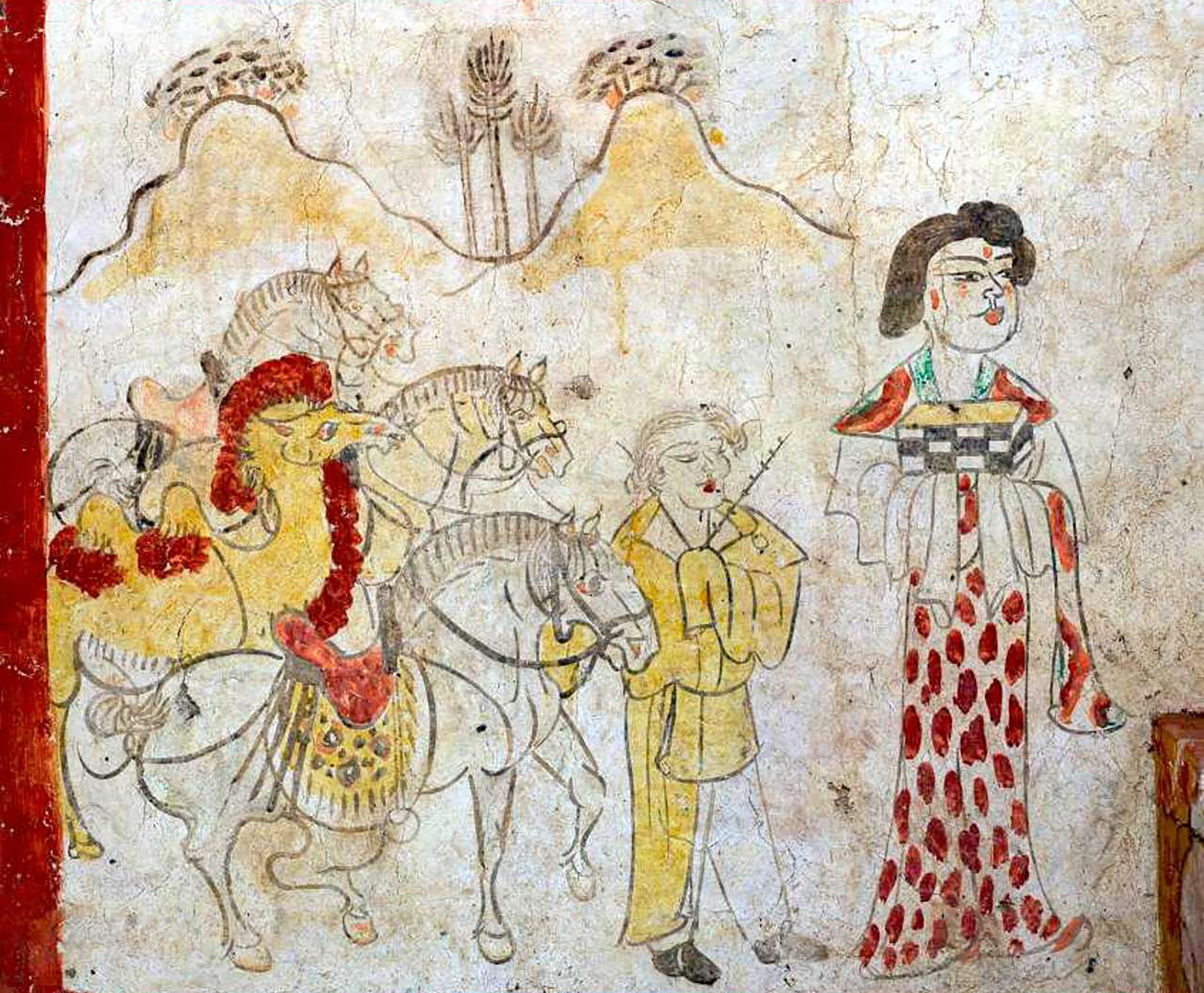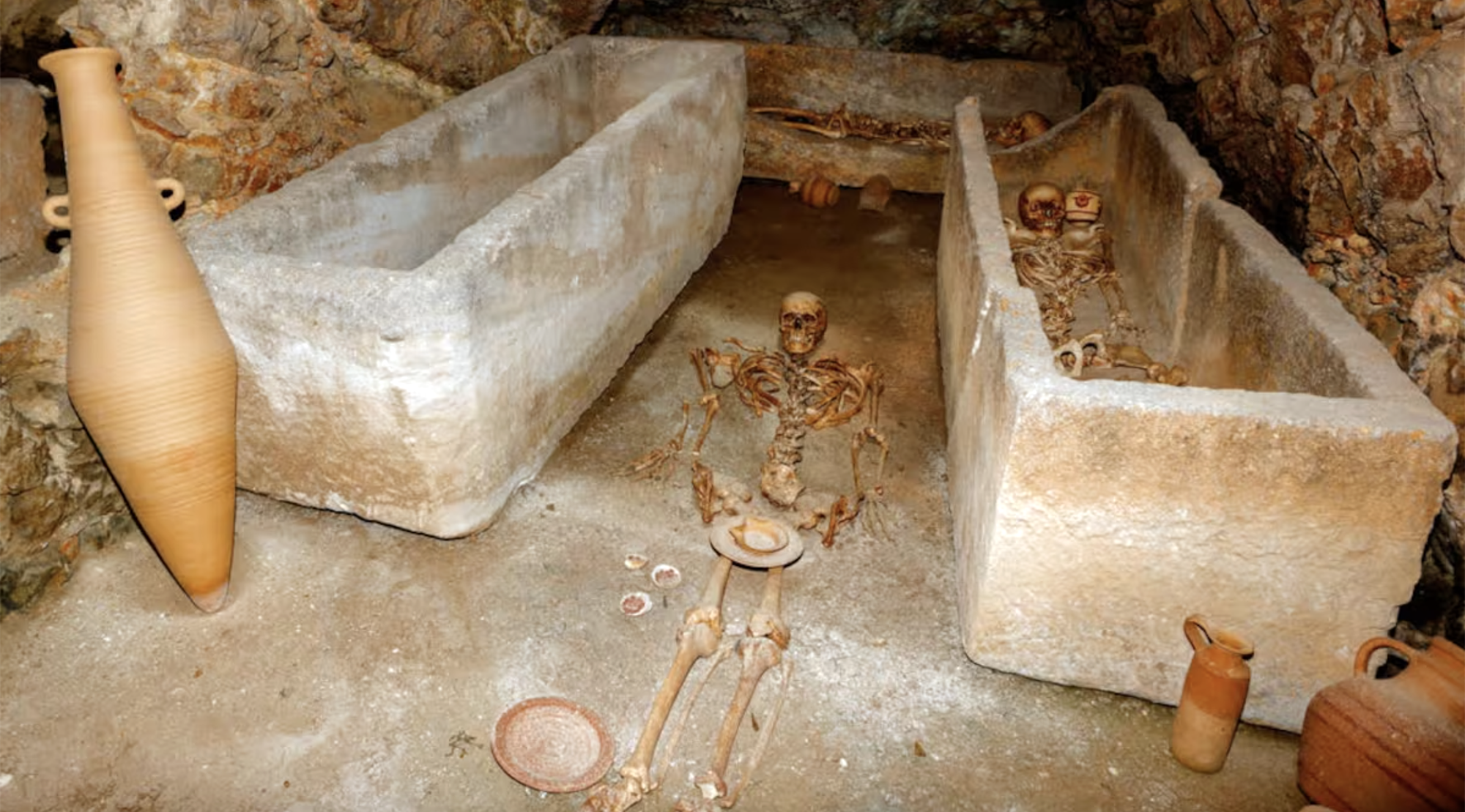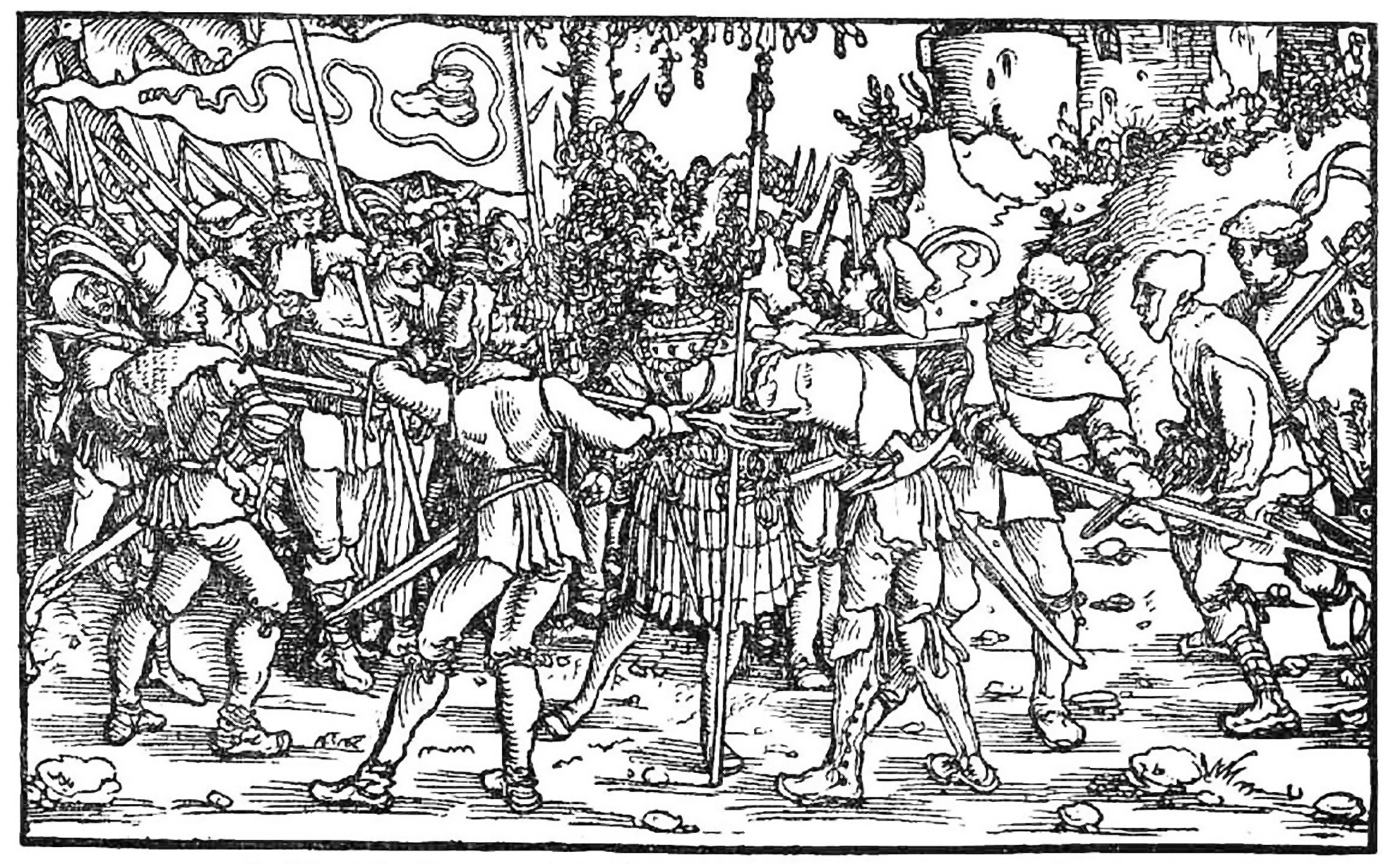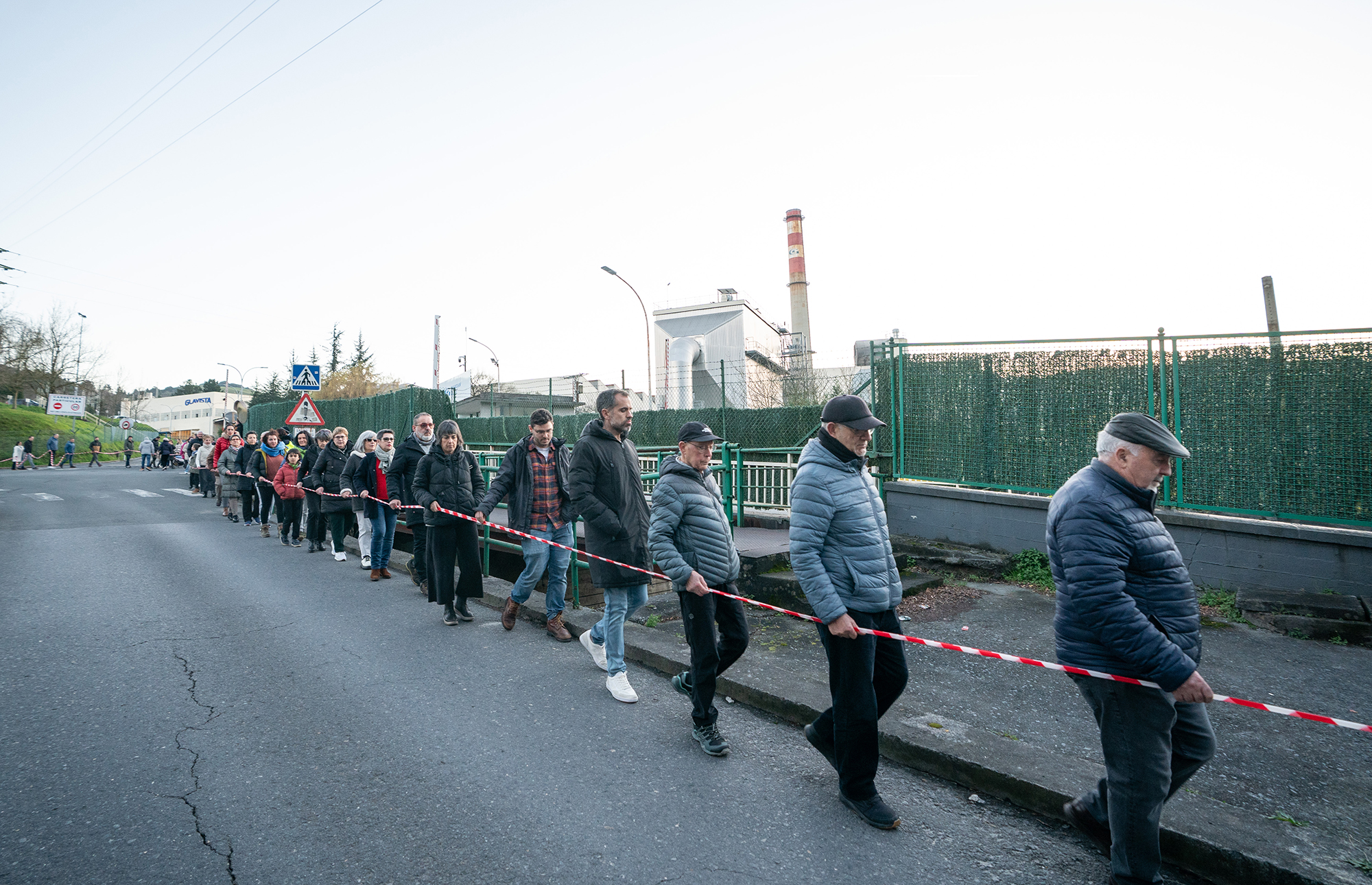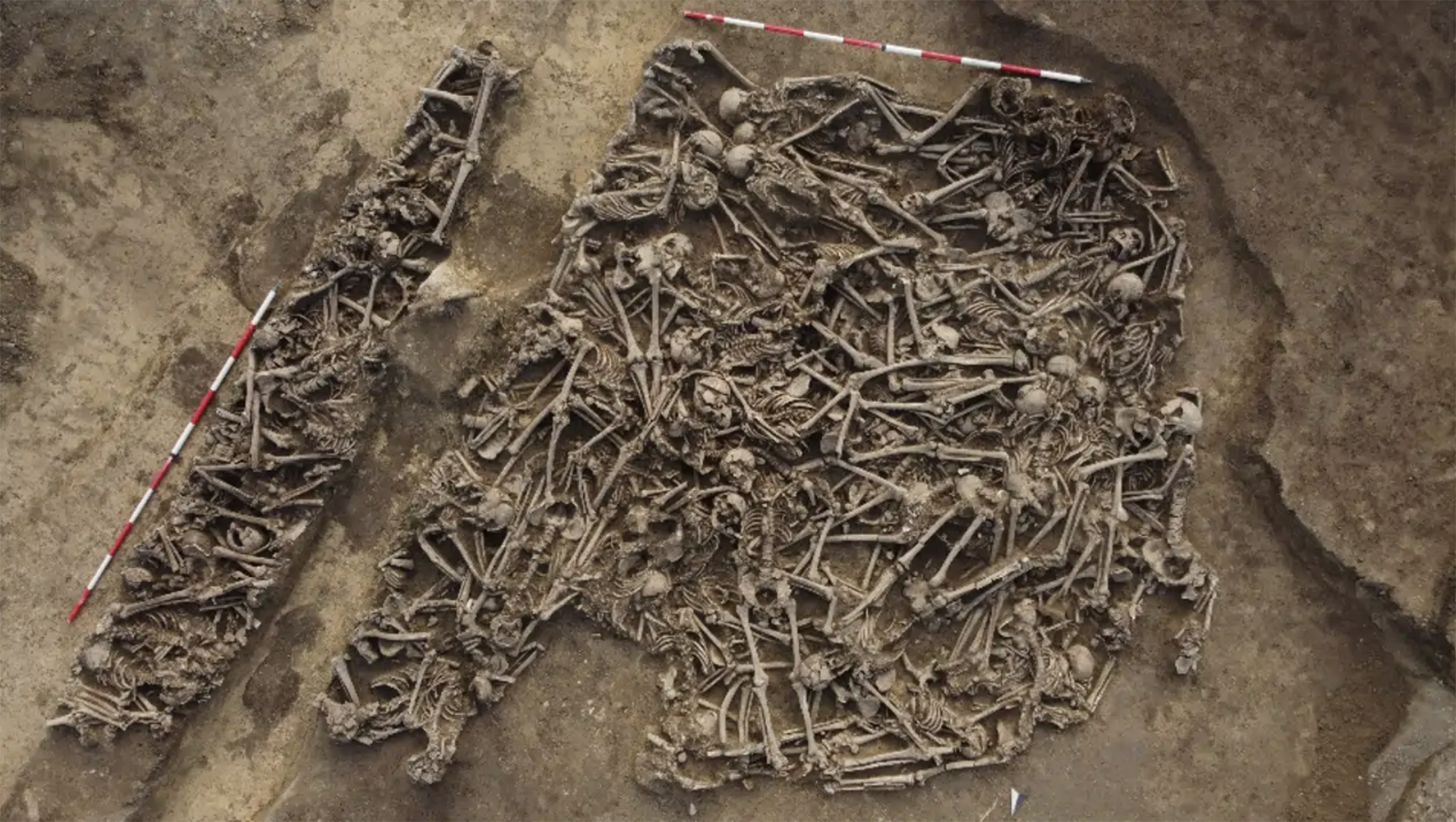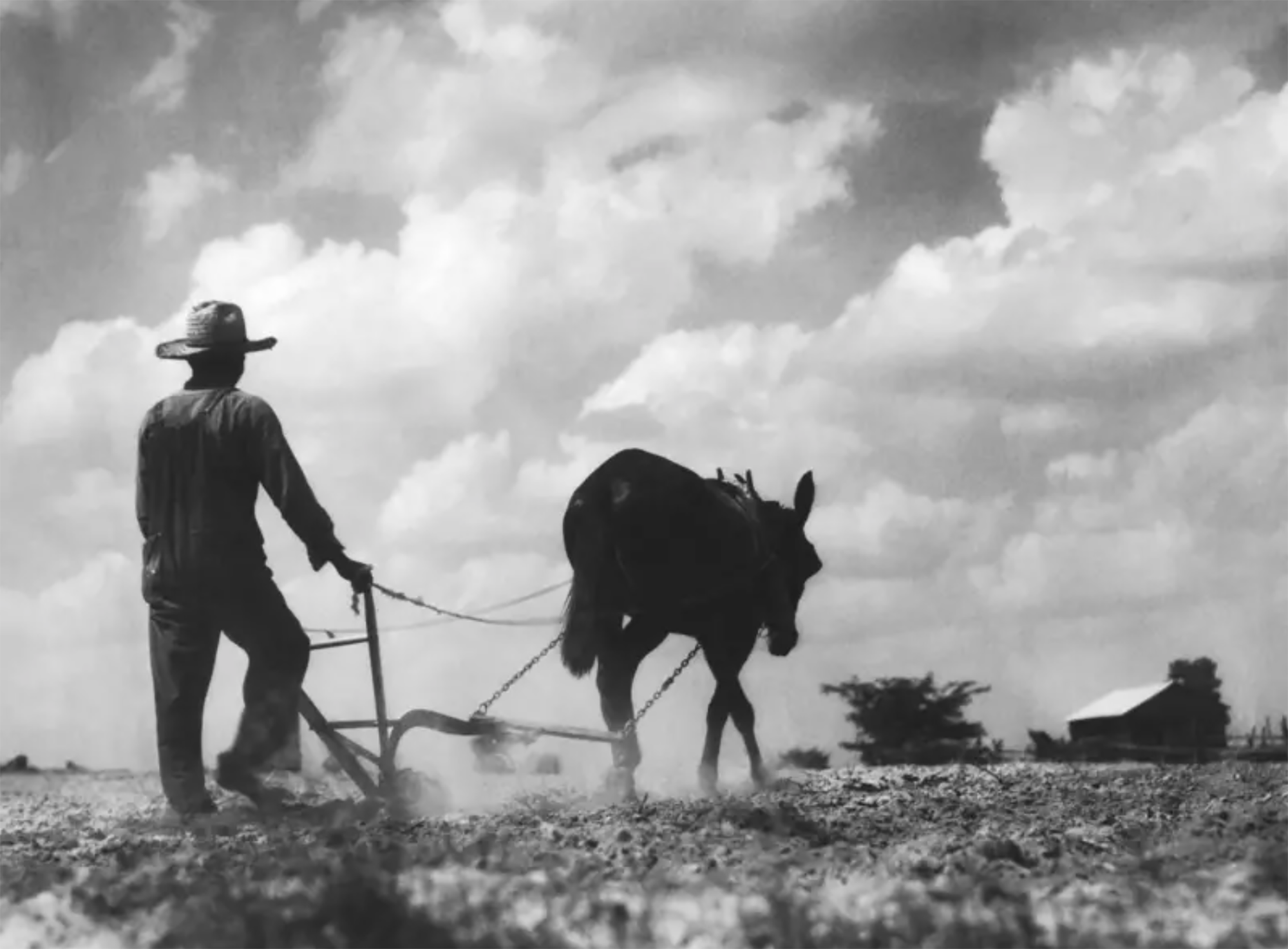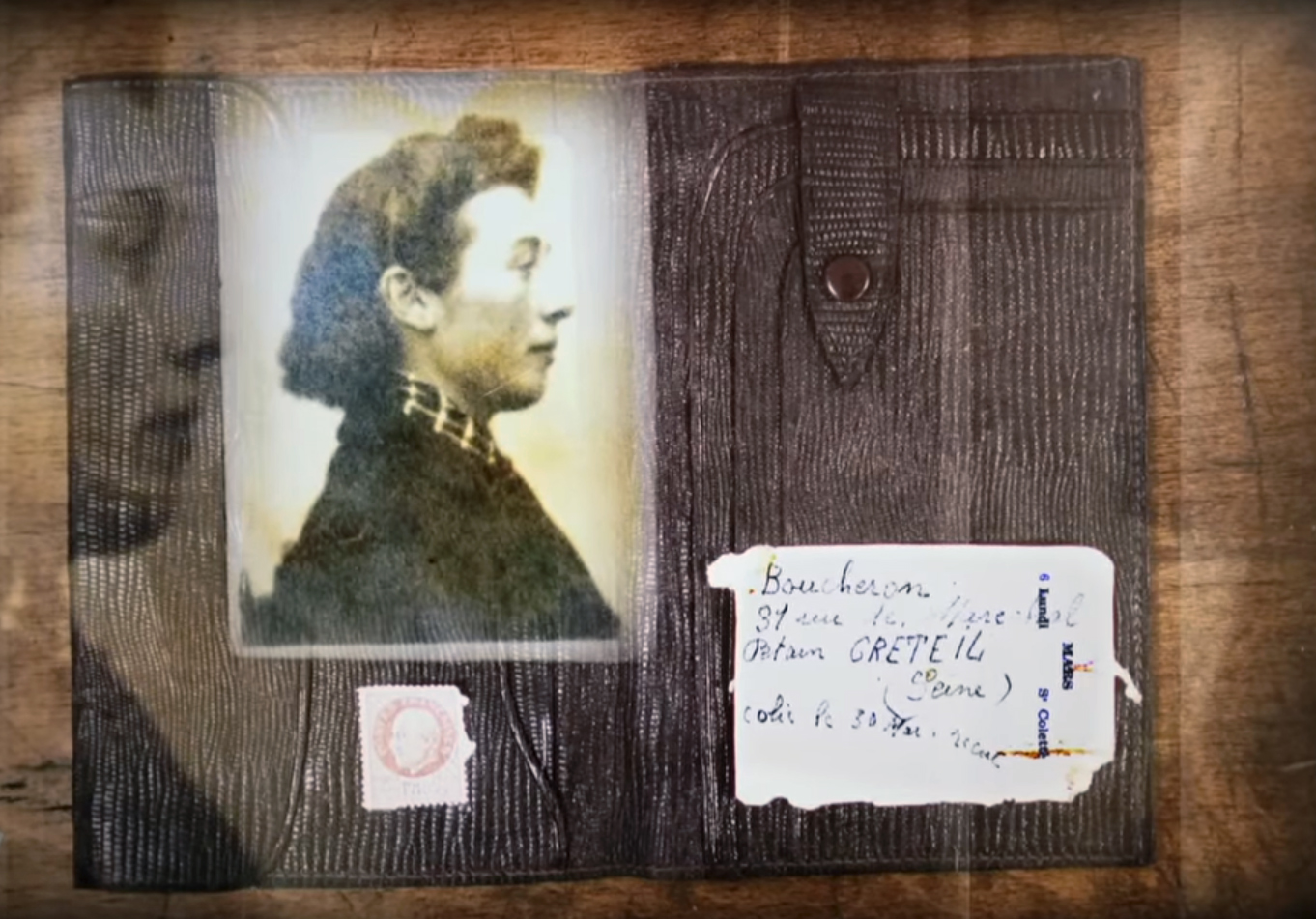Vesuvius, beyond Pompeii
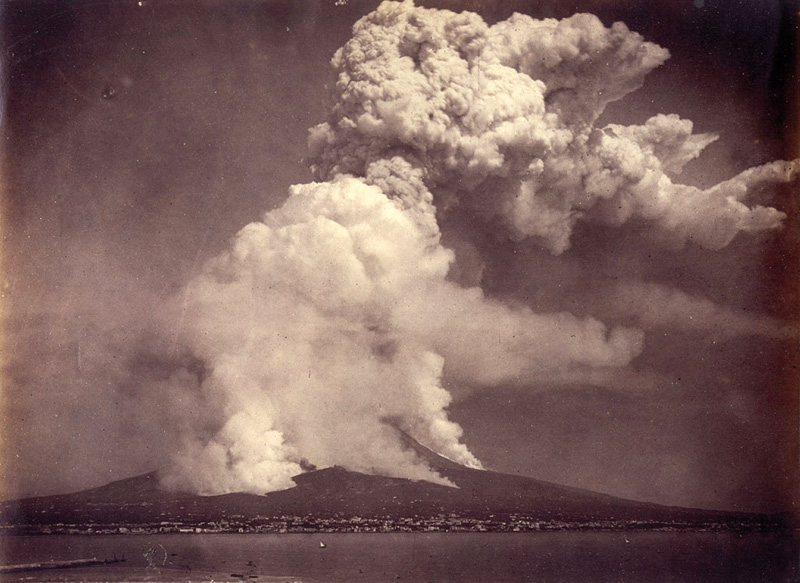
Vesuvio (current Italy), c. 24 August 79. The strong eruption of the volcano destroyed Pompeii and Herculan, and the ashes preserved for centuries one of the most important deposits of the Roman era. Therefore, Vesuvius is better known for his relationship with Pompeii. But one of the most active and violent volcanoes in Europe has a broad history before and after the destruction of Pompeii. Today it is considered the most dangerous volcano in the world, as three million people live around the bay of Naples.
In the area where the African tectonic plate and Eurasian plaque converge, volcanic activity began some 400,000 years ago and the volcano was formed some 25,000 years ago. We know that 18,000, 16,000 and 11,000 years ago there were Plinian eruptions. And it was one of the most violent eruptions that Europe has known 3,800 years ago. It destroyed several villages of the Bronze Age. But in 2006 archaeologists found numerous remains of abandoned humans and animals, and only three remains of dead bodies; unlike nearly 2,000 years later, on this occasion most of the population managed to flee.
The fertile volcanic lands of the fertile slopes of Vesuvius have drawn the population, as the eruptions have ruined, when the volcano sleeps.
It also exploded in the years 472 and 512. And the 1631 was like the eruption that destroyed Pompeii: the pyroclastic flow reached fifteen kilometers from the crater and the gigantic cloud of ashes covered, among other things, the sky of Constantinople. The 19th century was particularly active, as the volcano exploded eight times.
In 1943, again on 24 August, there was the second destruction of Pompeii, but this cannot be attributed to the volcano; American and English planes then launched the Vesuvius, with 190 bombs of 400 kilos each at the site. The following year, in 1944, the volcano resumed its activity and destroyed part of the population of San Sebastian. And this has been the last Vesuvius eruption, at the moment.
In the Chinese province of Shanxi, in a tomb of the Tang dynasty, paintings depicting scenes from the daily lives of the dead are found. In one of these scenes a blonde man appears. Looking at the color of the hair and the facial expression, archaeologists who have studied the... [+]
Carthage, from B.C. Around the 814. The Phoenicians founded a colony and the dominant civilization in the eastern Mediterranean spread to the west. Two and a half centuries later, with the decline of the Phoenician metropolis of Tyre, Carthage became independent and its... [+]
Salvador Puig Antich frankismoaren kontrako militantea izan zen. Askapen Mugimendu Iberikoko kidea, 1973ko irailaren 25ean atxilotu zuten. Gerra-kontseilua egin zioten, eta garrotez exekutatu zuten handik sei hilabetera, 1974ko martxoaren 2an. Aurtengo otsailean baliogabetu du... [+]
Rudolf Botha hizkuntzalari hegoafrikarrak hipotesi bat bota berri du Homo erectus-i buruz: espezieak ahozko komunikazio moduren bat garatu zuen duela milioi bat urte baino gehiago. Homo sapiens-a da, dakigunez, hitz egiteko gai den espezie bakarra eta, beraz, hortik... [+]
Böblingen, Holy Roman Empire, 12 May 1525. Georg Truchsess von Waldburg overthrew the Württemberg insurgent peasants. Three days later, on 15 May, Philip of Hesse and the Duke of Saxony joined forces to crush the Thuringian rebels in Frankenhausen, killing some 5,000 peasants... [+]
During the renovation of a sports field in the Simmering district of Vienna, a mass grave with 150 bodies was discovered in October 2024. They conclude that they were Roman legionnaires and A.D. They died around 100 years ago. Or rather, they were killed.
The bodies were buried... [+]
Washington, D.C., June 17, 1930. The U.S. Congress passed the Tariff Act. It is also known as the Smoot-Hawley Act because it was promoted by Senator Reed Smoot and Representative Willis Hawley.
The law raised import tax limits for about 900 products by 40% to 60% in order to... [+]











